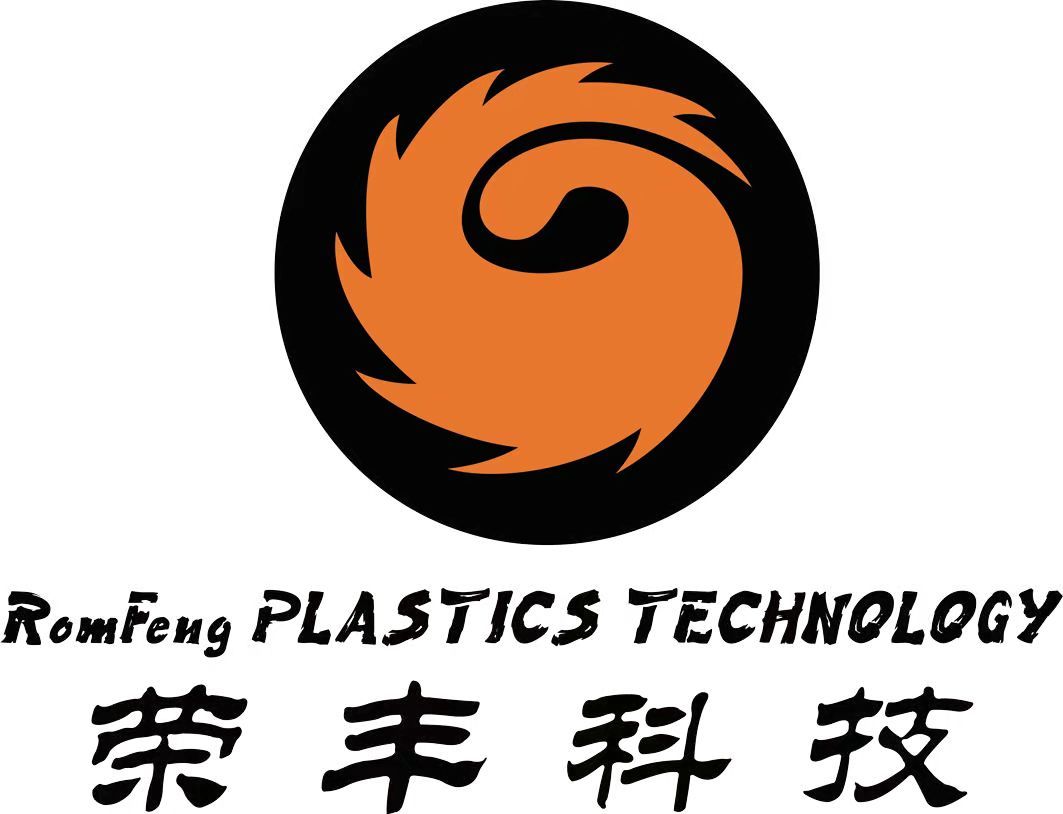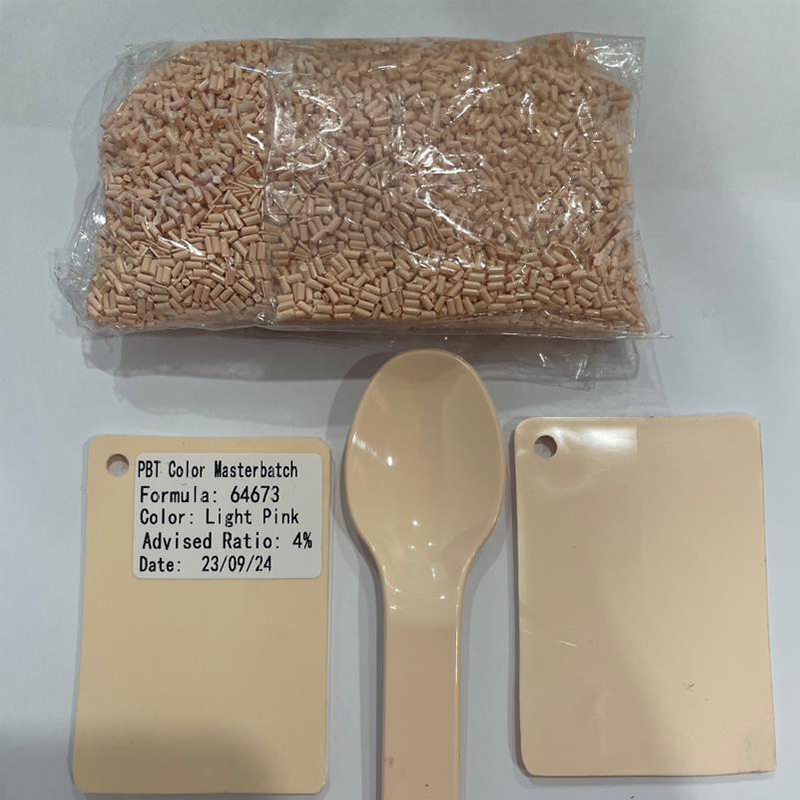Unlocking the Benefits of Color Masterbatch for PBT Applications: A Comprehensive Guide
Release time:
2025-07-04 13:20
Source:
Unlocking the Benefits of Color Masterbatch for PBT Applications
Table of Contents
- 1. Introduction to Color Masterbatch and PBT Applications
- 2. Understanding Color Masterbatches
- 3. Key Benefits of Using Color Masterbatch in PBT
- 4. Diverse Applications of Color Masterbatch in PBT
- 5. Criteria for Selecting the Right Color Masterbatch
- 6. Color Matching Techniques for PBT Products
- 7. Sustainability and Eco-Friendliness of Color Masterbatches
- 8. Future Trends in Color Masterbatch Technology for PBT
- 9. Conclusion
- 10. Frequently Asked Questions
1. Introduction to Color Masterbatch and PBT Applications
Color masterbatch has revolutionized the plastics industry by providing a convenient means to incorporate color and other functional additives into polymer materials. Polybutylene Terephthalate (PBT) is a popular thermoplastic known for its excellent mechanical properties and thermal stability, making it an ideal choice for a wide range of applications. Utilizing color masterbatch in PBT formulations not only enhances aesthetic appeal but also improves functional properties, thereby unlocking numerous benefits for manufacturers and end-users alike.
In this article, we aim to explore the myriad advantages of color masterbatch in PBT applications, delve into its applications across various industries, and provide insights into how to select the best masterbatch for specific needs.
2. Understanding Color Masterbatches
Color masterbatch is a highly concentrated mixture of pigments or dyes encapsulated in a polymer carrier. This allows for consistent color distribution and ease of processing during the manufacturing of plastic products. The primary components of color masterbatch include:
- **Pigments/Dyes**: These are the coloring agents that provide the desired hue.
- **Polymer Carrier**: This is a thermoplastic resin that acts as a medium for the pigment, making it easier to blend with the base polymer, like PBT.
- **Additives**: Various additives can be included to enhance properties such as UV resistance, heat stability, or flame retardancy.
The process of creating color masterbatch typically involves high shear mixing, ensuring that the pigments are evenly dispersed throughout the carrier. This uniformity is crucial for achieving the desired color consistency in the final PBT product.
3. Key Benefits of Using Color Masterbatch in PBT
Utilizing color masterbatch in PBT applications offers several significant advantages, including:
3.1 Improved Aesthetic Appeal
Color masterbatch allows for an extensive range of color options, enabling manufacturers to create visually appealing products that can attract consumers. Whether it’s vibrant shades or subtle tones, color masterbatch provides flexibility in achieving the desired look.
3.2 Enhanced Processing Efficiency
Incorporating color masterbatch can significantly streamline the production process. The high concentration of colorant means that only a small amount is needed to achieve the desired color, reducing the time and effort involved in color mixing. This leads to increased production efficiency and lower costs.
3.3 Consistent Color Quality
One of the primary benefits of using color masterbatch is the assurance of consistent color quality across batches. Since color masterbatches are produced under controlled conditions, variations in color due to pigment inconsistencies are minimized, ensuring that every product meets the same quality standards.
3.4 Compatibility with PBT
Color masterbatches are specifically formulated to be compatible with PBT, ensuring optimal dispersion and adhesion. This compatibility enhances the physical properties of the final product, such as impact resistance and durability.
3.5 Customization Possibilities
Manufacturers can easily customize color masterbatches to meet specific requirements. This includes the ability to create special effects, such as metallic finishes or translucent colors, allowing for innovation in product design.
4. Diverse Applications of Color Masterbatch in PBT
Color masterbatch finds applications in various sectors utilizing PBT, such as:
4.1 Automotive Industry
In the automotive sector, color masterbatch is used for interior and exterior components, including dashboards, trims, and housings. The durability of PBT combined with the aesthetic appeal of color masterbatch makes it ideal for automotive applications.
4.2 Consumer Electronics
Color masterbatch enhances the look and feel of consumer electronic devices. PBT housings, connectors, and other components benefit from color customization, improving branding and user experience.
4.3 Electrical and Electronics
PBT’s excellent insulation properties make it suitable for electrical applications. Color masterbatch can be used in the production of connectors, switchgear, and circuit boards, where color coding is essential for safety and functionality.
4.4 Packaging Solutions
In the packaging industry, PBT offers excellent moisture resistance. Color masterbatch allows for vibrant packaging designs that attract consumers while ensuring the integrity of the product inside.
4.5 Housewares and Consumer Goods
From kitchenware to various consumer goods, color masterbatch enables manufacturers to create products that are both functional and visually appealing. The versatility of PBT makes it an attractive option for these applications.
5. Criteria for Selecting the Right Color Masterbatch
Choosing the right color masterbatch for PBT applications involves several considerations:
5.1 Compatibility with Resins
Ensure that the masterbatch is specifically designed to be compatible with PBT to achieve optimal results.
5.2 Color Stability
Evaluate the stability of the color masterbatch under different processing conditions and environmental factors to ensure long-lasting performance.
5.3 Regulatory Compliance
Check that the selected color masterbatch meets industry regulations and safety standards, especially for applications like food packaging.
5.4 Processability
Assess the viscosity and flow characteristics of the masterbatch for compatibility with the intended processing method, whether it’s injection molding or extrusion.
5.5 Cost-Effectiveness
Analyze the cost implications of using different masterbatch options, considering both initial investment and potential long-term savings through efficiency and reduced waste.
6. Color Matching Techniques for PBT Products
Effective color matching is crucial for achieving the desired aesthetic results in PBT applications. Some techniques include:
6.1 Spectrophotometry
Utilizing spectrophotometers can help in accurately measuring color and ensuring precise matching between batches.
6.2 Visual Assessment
While technology is essential, visual assessment remains a valuable tool in color matching, particularly for custom shades.
6.3 Sample Testing
Conducting sample tests with the chosen color masterbatch allows for verification of color accuracy and material performance before full-scale production.
7. Sustainability and Eco-Friendliness of Color Masterbatches
As industries shift towards sustainable practices, the environmental impact of color masterbatches is a growing concern. Many manufacturers are adopting eco-friendly colorants and carriers to minimize environmental footprints. Choosing biodegradable or recyclable masterbatches can significantly enhance the sustainability of PBT products.
8. Future Trends in Color Masterbatch Technology for PBT
The future of color masterbatch technology is promising, with trends including:
8.1 Bio-Based Masterbatches
The development of bio-based color masterbatches is on the rise, providing an environmentally friendly alternative for future PBT applications.
8.2 Advanced Functionalities
Future masterbatches may incorporate advanced functionalities such as self-healing properties or enhanced thermal resistance, further expanding the applications of PBT.
8.3 Digital Color Management
With advancements in digital technology, companies are expected to adopt smart color management systems, improving accuracy and efficiency in color matching.
9. Conclusion
In conclusion, color masterbatch offers a wealth of benefits when used in Polybutylene Terephthalate applications. From enhancing aesthetic appeal to improving processing efficiency and enabling customization, the advantages are clear. As industries continue to innovate, understanding how to effectively utilize color masterbatch will be crucial in maintaining competitive advantages. With the right selection and application techniques, manufacturers can unlock the full potential of PBT products, meeting consumer demands for both functionality and style.
10. Frequently Asked Questions
10.1 What is color masterbatch?
Color masterbatch is a concentrated mixture of pigments or dyes combined with a polymer carrier, used to impart color to plastics during processing.
10.2 How does color masterbatch improve PBT processing?
It streamlines the production process by reducing the amount of colorant required, ensuring consistent color quality and enhancing overall processing efficiency.
10.3 Can color masterbatch be customized?
Yes, manufacturers can customize color masterbatches to meet specific design requirements, including special effects and custom shades.
10.4 Is color masterbatch environmentally friendly?
Many manufacturers are now producing eco-friendly color masterbatches made from biodegradable or recyclable materials.
10.5 What industries benefit from using color masterbatch in PBT products?
Industries such as automotive, consumer electronics, packaging, and housewares benefit significantly from the use of color masterbatch in PBT applications.
Color Masterbatch For PBT








